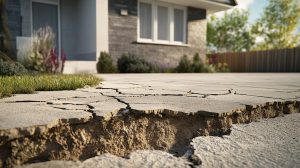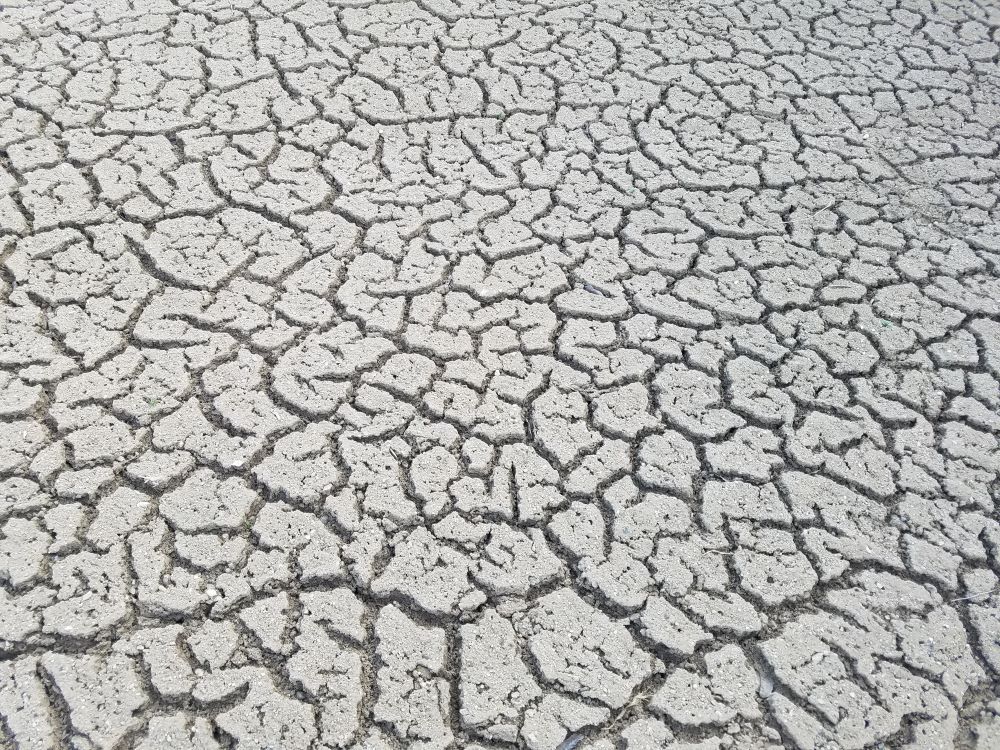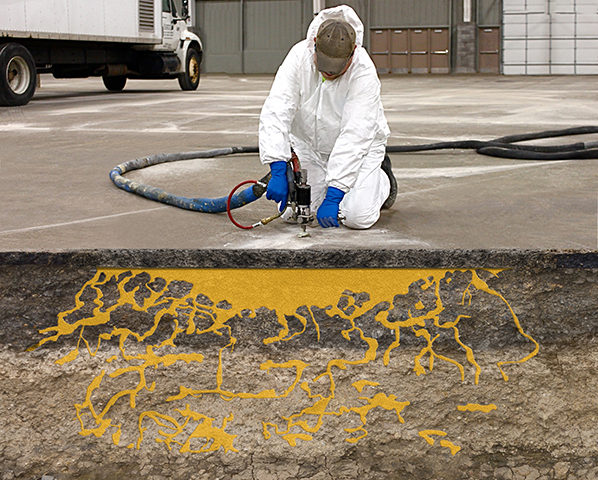Discovering a concrete sinking problem around your home is never fun, but it’s actually very common. Most homes in America experience settled concrete issues at some point. Sinking usually happens because of poor soil conditions beneath the slab. Without strong soil or gravel, or if the soil is expansive, heavy concrete becomes prone to sinking and cracking. These issues are especially common in Idaho and Oregon. At Idaho Concrete Lifting, we specialize in helping homeowners and businesses fix sinking concrete quickly and reliably.
Fluctuating Moisture Content
Most soils have clay content in them and the more clay found in the soil the more expansive they can get. So, when it rains, the clay soaks up as much water as possible and begins to swell. Then, as the soil dries out, it begins to shrink and can no longer support the pressure from the heavy concrete slab on top of it, causing your concrete slabs to sink irregularly.
Temperature Changes
In Idaho and Oregon where the temperature fluctuates between freezing and thawing, expansive soils can lead to problems. Expansive soils are those with clay properties that swell and contract when exposed to water and dryness. When these expansive soils are beneath your concrete, the saturated earth can push up the concrete when it freezes. Then, after it thaws and the water evaporates, the ground can shrink up. This constant change in water can lead to settlement and cracks in your concrete.
Soil Washout
If your home was built on sandy soil, you may be dealing with soil washout. Soil washout is when rainwater flows beneath the slab, the sandy soil is easily disrupted and can start to wash out with the water. This erosion leaves voids beneath the slab when the soil can no longer support the heavy concrete slab and it will start to crack and sink.
Poorly compacted soil
Before your concrete is even poured it needs to have the proper base material such as road mix or gravel and then it must be compacted in place using approved methods. If the team installing your concrete didn’t compact the soil beneath it well enough before pouring, it will start to compact on its own under the weight of the concrete over time. This will eventually lead to sinking and cracks in your concrete.
A fast, efficient solution
Our Poly Lift and Level process is a fast, long lasting and accurate way to re-level your sunken concrete. We simply inject it underneath your concrete slab and as it expands it lifts the concrete back into place. Once the concrete reaches the desired level, the foam hardens in place, filling the voids below the concrete and provides a new solid structure to support it. Call Idaho Concrete Lifting at 208-912-0027 for a free evaluation and quote on your concrete leveling project today!
FAQs
- What causes concrete to sink around my home?
Concrete typically sinks due to poor soil conditions underneath the slab. Causes include expansive clay soils, soil washout from rain, improper soil compaction, and natural settling over time—especially common in Idaho and Oregon.
- How do temperature changes affect concrete slabs?
In regions like Idaho and Oregon, freeze-thaw cycles cause expansive soils to swell when wet and shrink when dry. This movement places stress on the slab above, leading to uneven settling, cracking, and sinking.
- What is soil washout and how does it cause sinking?
Soil washout occurs when rainwater flows beneath a concrete slab and washes away sandy or loose soil. As the soil erodes, it leaves empty spaces under the slab, which can no longer support the weight—resulting in sinking.
- Can poorly compacted soil lead to concrete problems?
Yes. If the soil or gravel base wasn’t properly compacted before the concrete was poured, it will compress over time under the slab’s weight—causing settlement and surface cracks.
- How can Idaho Concrete Lifting fix sinking concrete?
We use the Poly Lift and Level process, which involves injecting expanding foam under the slab. The foam lifts the concrete back into place, fills voids, and hardens to create a strong, stable foundation.


